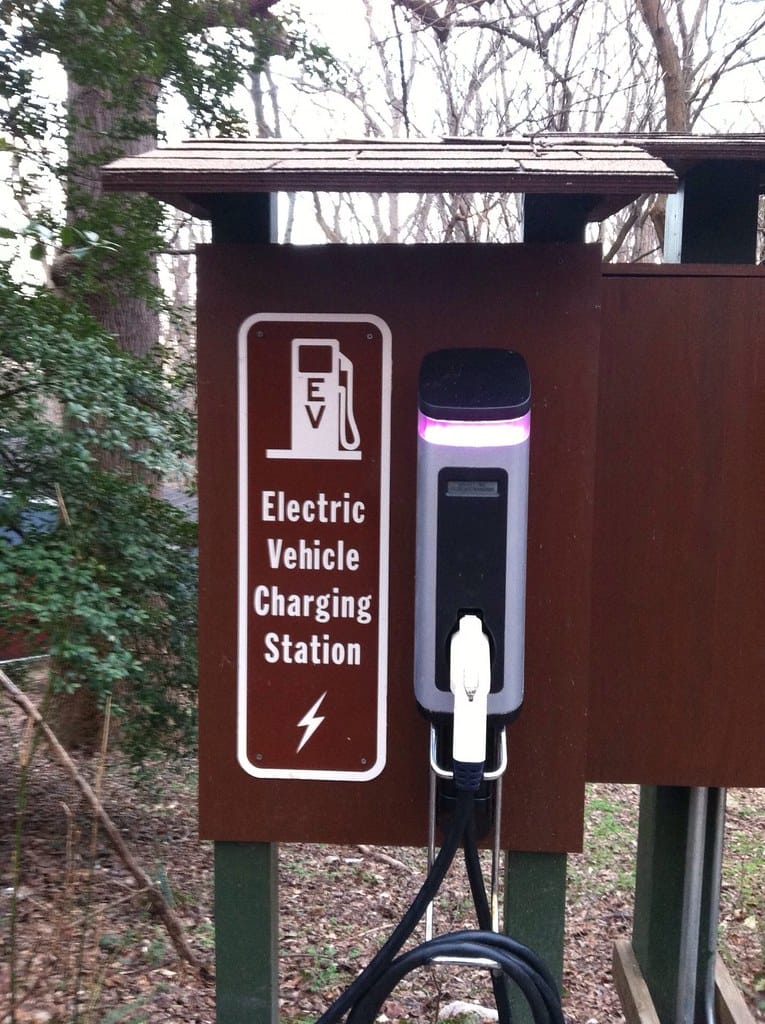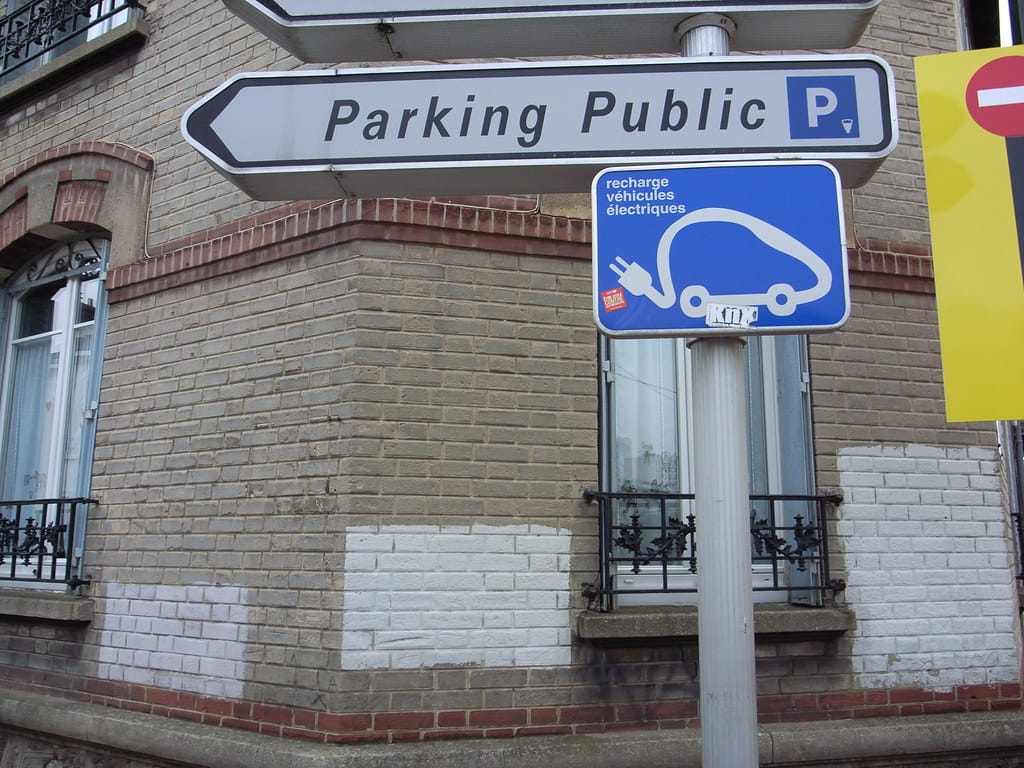The Garage Crisis Blocking America's Electric Vehicle Revolution
Americans have accumulated so much stuff in their garages that millions can't park their cars inside—and this storage crisis is quietly sabotaging the nation's transition to electric vehicles.
A groundbreaking study reveals that the humble garage has become an unexpected battleground in America's electric vehicle adoption. While policymakers debate charging infrastructure and automakers race to build more affordable EVs, researchers have identified a surprisingly domestic obstacle: garages so packed with belongings that homeowners can't park their cars inside, let alone install charging stations.
The Numbers Tell a Cluttered Story
The research, conducted by the Transportation Energy Institute, surveyed 3,200 homeowners across 15 metropolitan areas and uncovered striking statistics. Nearly 45% of American homeowners with garages don't use them for their primary vehicle, instead treating these spaces as de facto storage units filled with holiday decorations, unused exercise equipment, and decades of accumulated possessions.
For the 68% of Americans who live in single-family homes—the demographic most likely to adopt EVs early—this garage crisis creates a significant barrier. Home charging remains the most convenient and cost-effective way to power an electric vehicle, with 80% of current EV owners relying on home charging as their primary power source.
The Convenience Factor That's Slowing EV Sales
"People underestimate how much daily convenience drives vehicle purchasing decisions," explains Dr. Sarah Martinez, the study's lead researcher. "When someone can't charge at home, electric vehicles become significantly less appealing, regardless of environmental concerns or potential cost savings."
The study found that households with accessible garage parking were 3.2 times more likely to consider purchasing an electric vehicle within the next two years compared to those whose garages were inaccessible due to storage.
Take Jennifer Walsh of Plano, Texas, whose two-car garage houses everything except cars. "We've been talking about going electric, but between the Christmas decorations, my husband's workshop, and twenty years of kids' stuff, there's barely a path through the garage," Walsh explains. "Installing a charging station feels impossible right now."
Regional Variations Paint a Complex Picture
The garage utilization crisis isn't uniform across America. West Coast metropolitan areas, where environmental consciousness and EV adoption rates are higher, showed better garage accessibility rates. In Seattle and Portland, roughly 60% of homeowners with garages actually park inside them, compared to just 35% in Dallas-Fort Worth and Atlanta.
Climate appears to play a crucial role. In regions with harsh winters like Minneapolis and Buffalo, homeowners were more likely to prioritize vehicle storage, maintaining clearer garages despite accumulating similar amounts of possessions.
The Hidden Infrastructure Challenge
This domestic storage crisis represents what researchers call "invisible infrastructure"—barriers to EV adoption that don't appear in traditional policy discussions focused on public charging networks and electrical grid capacity.
Installing a Level 2 home charging station typically requires dedicated electrical work and clear access to wall space near where a vehicle parks. When garages function as storage units, homeowners face the dual challenge of major decluttering projects alongside electrical upgrades, creating compound barriers to EV adoption.
The financial implications extend beyond individual purchasing decisions. The Biden administration has invested billions in EV incentives and charging infrastructure, yet these investments may yield diminished returns if potential EV owners can't easily charge at home.
Solutions Emerging from Unlikely Places
Some communities are getting creative with solutions. Professional organizer Monica Chen has seen her garage-focused services grow 340% in the past two years, with many clients specifically requesting help to "make space for EV charging."
Meanwhile, innovative storage solutions are emerging. Overhead garage storage systems and wall-mounted organization products have become a booming market segment, with companies like Gladiator and NewAge Products reporting significant growth in garage organization sales.
The Path Forward
As America accelerates toward an electric future, addressing the garage crisis may prove as important as building public charging networks. The solution requires both individual action—homeowners confronting decades of accumulated possessions—and policy recognition that EV adoption barriers extend far beyond traditional infrastructure challenges.
The lesson is clear: America's electric vehicle future may depend not just on battery technology and charging stations, but on something far more personal—our willingness to clean out our garages and make room for the cars of tomorrow.

